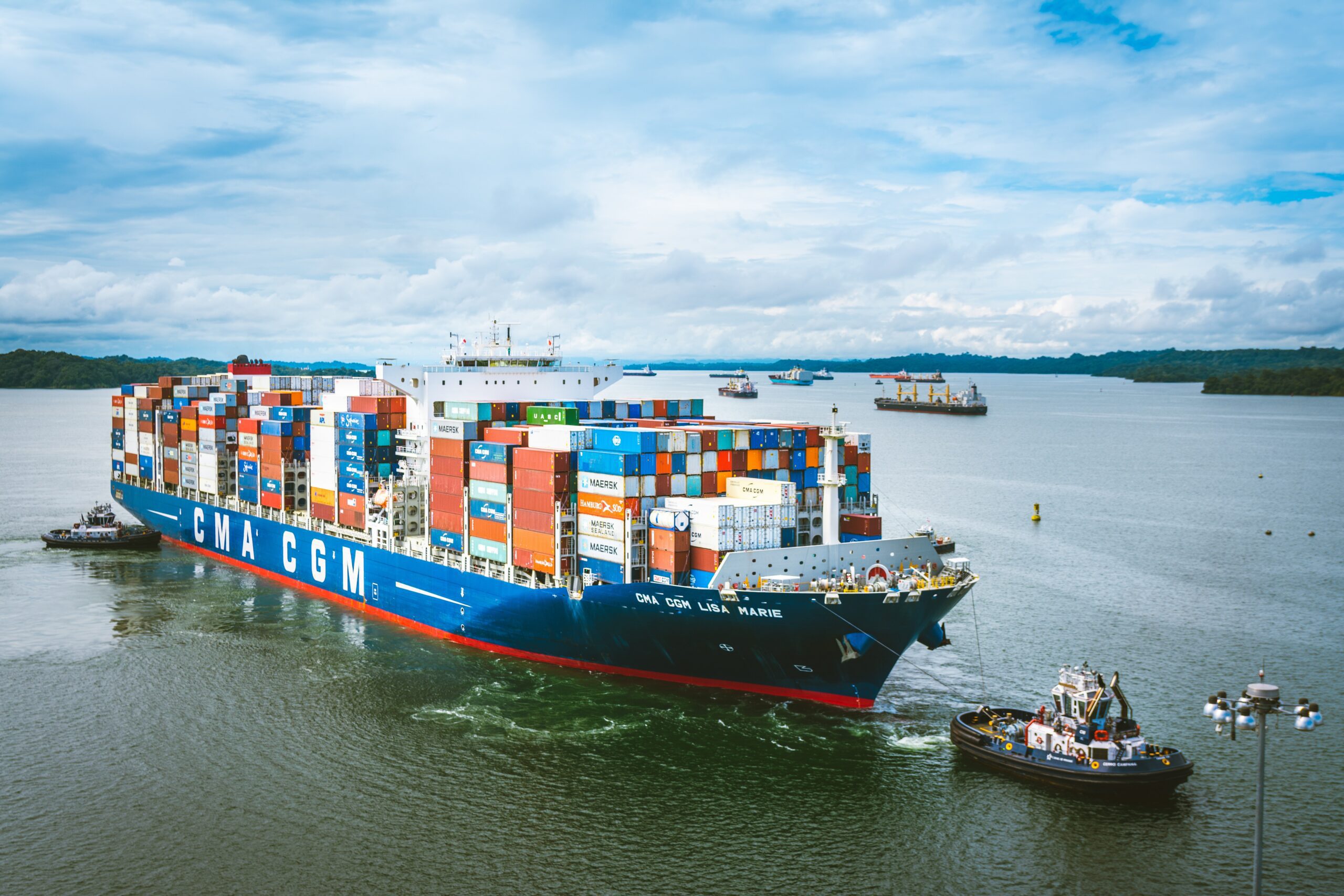28 November 2024
Panama Canal Announces GHG Emissions Fee

The Panama Canal has unveiled a new greenhouse gas (GHG) emissions classification system. The scope of this measure is to strengthen the waterway’s position as a green corridor for global trade.
Concept
In 2016, the Panama Canal presented its contributions to emissions reduction on international shipping during the IMO’s MEPC70 session.
Now, the waterway is expanding tenfold the measures to respond to the urgency of climate change.
Ricaurte Vásquez Morales, Panama Canal Administrator, announced that the canal would take its efforts another step further. This is due to the urgency of climate change and the need for accelerated industry and global climate action. Hence, the Panama Canal Green Vessel Classification system will include a Greenhouse Gas (GHG) Emissions Fee.
As explained at AAPA Latino in Cartagena, Colombia, on November 30, these changes will build upon the waterway’s existing incentives for sustainable shipping lines. The benefits are provided through its Green Connection Environmental Recognition Program. Note that, this program has evolved from the Green Connection Award, the Environmental Premium Ranking, and the Emissions Calculator.
In particular, the fee will support investments to guarantee environmental performance standards. Thus, it will aid in making the Panama Canal operations carbon neutral.
GHG Emissions Fee Particulars
Ships will be classified in levels depending on their energy efficiency. Applicable to all vessels over 38.1 m in length overall (LOA).
This classification system will include the following factors to reduce GHG emissions between 20-100% during transit through the canal:
- Energy Efficient Design Index (EEDI)
- Efficient operational measures such as the use of bow thrusters
- Use of zero carbon biofuels or carbon neutral fuels
The canal has held discussions with shipowners directly for transparency, as it evaluates these changes. Thus, will work in partnership with customers to accelerate carbon neutrality. This program will align with the IMO’s regulations that promote international plans for decarbonization in the maritime sector.
Upcoming Plans
In the meantime, the canal has included upcoming plans to consolidate the facilities to reduce its carbon footprint by 33%.
Additionally, the canal is investing in hybrid tugboats as ships transition to cleaner fuels. The first 10 with the potential to include more, will reduce 20% of tugboat operational carbon emissions.
Furthermore, the plan includes the introduction of electric vehicles fleet. Nonetheless, maintaining and modernizing the canal’s infrastructure is also a priority for securing a sustainable future.
The Panama Canal plans to invest several billion dollars in equipment, infrastructure, technology, and the water solution project, among others until 2030.
This plan will also include the digitalization of canal operations to provide more value for customers. Hence, the canal can anticipate customer needs better and tailor its operations to sustainable solutions.
“We need to understand that being part of the maritime business can and should support the global effort of reducing carbon emissions… Shipping will continue to play a big role in the supply chain, as COVID-19 continues to impact imports. We need to have clear guidelines across all international bodies to reach these goals.”
Alexis Rodriguez, Environmental Specialist
Source: Panama Canal Connection


